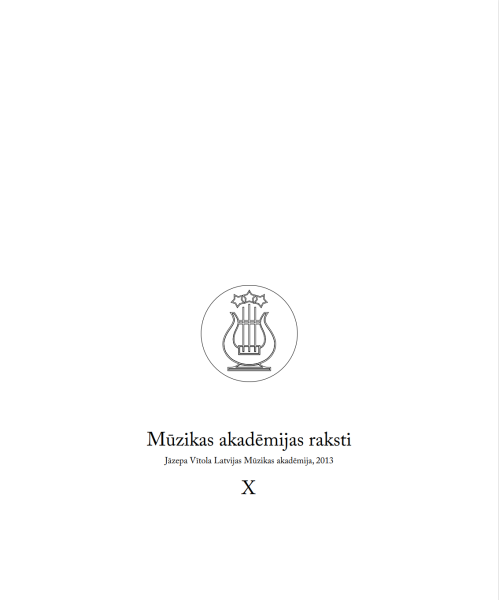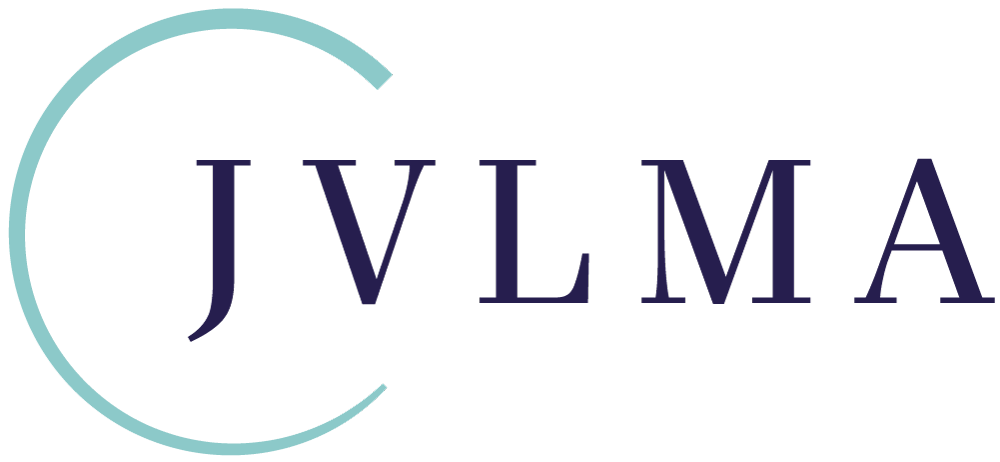CHARACTERISTICS OF TEXTURE IN THE LATVIAN PIANO MUSIC
Keywords:
texture, Latvian piano music, homophonic, polyphonic, continual texture, discret texture, polymorph textureAbstract
Considering that the origins of Latvian piano music are rooted in the second half of the 19th century, the first piano works of Latvian composers are filled with unambiguous elements of romantic style that also appear in forms and content of texture. Homophonic and polyphonic textures, as well as the romantic traditions of diverse figurative elements in Latvian piano music are dominant until the middle of the 20th century, when, in the musical language, other stylistic gusts (neoclassical figurative linearity, etc.) appeared.
Along with elements of new composition techniques (dodecaphonic, sonoric, aleatoric) that entered Latvian piano music in the 1960s, there are changes in the texture of piano works. This tendency also contributes the regeneration of the theoretical concepts of texture, because the new texture forms cannot always be systematized based on conventional types: monophony, heterophony, homophony and polyphony, but the most important is the classification based on the intensity of the relationships of the textural relief and background – continual (linear), discrete and polymorphic structures. Despite the fact that attention is focused mostly on the Latvian piano music of the second half of the 20th and the beginning of the 21st century, this classification is also active in the analysis of the musical texture of different historical periods. The continual (linear) texture is often used in polyphonic music, but the most frequent type of texture in piano music – homophony – is usually polymorphic (complex) formation.
Downloads
References
Jermaka (Žiba), Eridana (2003). Romualda Jermaka „Akvareļi“ komponista klaviermūzikas un vispārējā daiļrades stila kontekstā. Maģistra darbs. Rīga: JVLMA
Kronlaks, Rolands (2009). Several aspects of sound in the music of Latvian composers, born in the 70s. Creative Tendencies of Contemporary Music. Compiled by Jānis Kudiņš. Rīga: JVLMA, Musica Baltica, pp. 25–28
Przech, Violetta (2004). Polska twórczość na fortepian solo 1956–1985. Bydgoszcz: Akademija Muzyczna im. Feliksa Nowowiejskiego
Sīle, Maruta (2003). Latvijas klavierspēles skolas attīstība. Rīga: RaKa
Torgāns, Jānis (1987). Romualda Kalsona horizonti. Latviešu mūzika XVIII. Sastādījuši Arvīds Darkevics un Laima Mūrniece. Rīga: Liesma, 183.–200. lpp.
Torgāns, Jānis (2010). Latviešu mūzikas virsotnes. Palīglīdzeklis mūzikas vidusskolām latviešu mūzikas literatūras kursā. Rīga: Zinātne
Zandberga, Diāna (2013). Dažas faktūras īpatnības jaunākajā latviešu klaviermūzikā. Mūzikas zinātne šodien: pastāvīgais un mainīgais V. Zinātnisko rakstu krājums. Sastādījuši Ilma Grauzdiņa un Ēvalds Daugulis. Daugavpils: Daugavpils Universitātes Akadēmiskais apgāds Saule, 357.– 375. lpp.
Aleksandrova, Elena (1988). Faktura kak proâvlenie otnošeniâ relʹefa i fona. Avtoreferat dissertacii na soiskanie učenoj stepeni kandidata iskusstvovedeniâ. Leningrad: Leningradskaâ gosudarstvennaâ konservatoriâ imeni H. A. Rimskogo-Korsakova Kûregân, Tatʹâna (2005). Muzykalʹnoe pisʹmo. Teoriâ sovremennoj kompozicii. Otvetstvennyj redaktor Valeriâ Cenova. Moskva: Muzyka, c. 172–181
Maklygin, Aleksandr (2005). Sonorika. Teoriâ sovremennoj kompozicii. Otvetstvennyj redaktor Valeriâ Cenova. Moskva: Muzyka, c. 382–401
Nazajkinskij, Evgenij (2003). Stilʹ i žanr v muzyke. Moskva: Vlados
Holopova, Valentina (1979). Faktura. Moskva: Muzyka
Downloads
Published
Issue
Section
License
Copyright (c) 2024 Mūzikas akadēmijas raksti

This work is licensed under a Creative Commons Attribution 4.0 International License.


